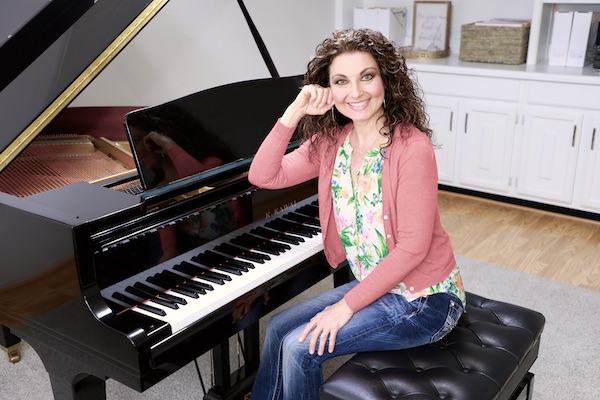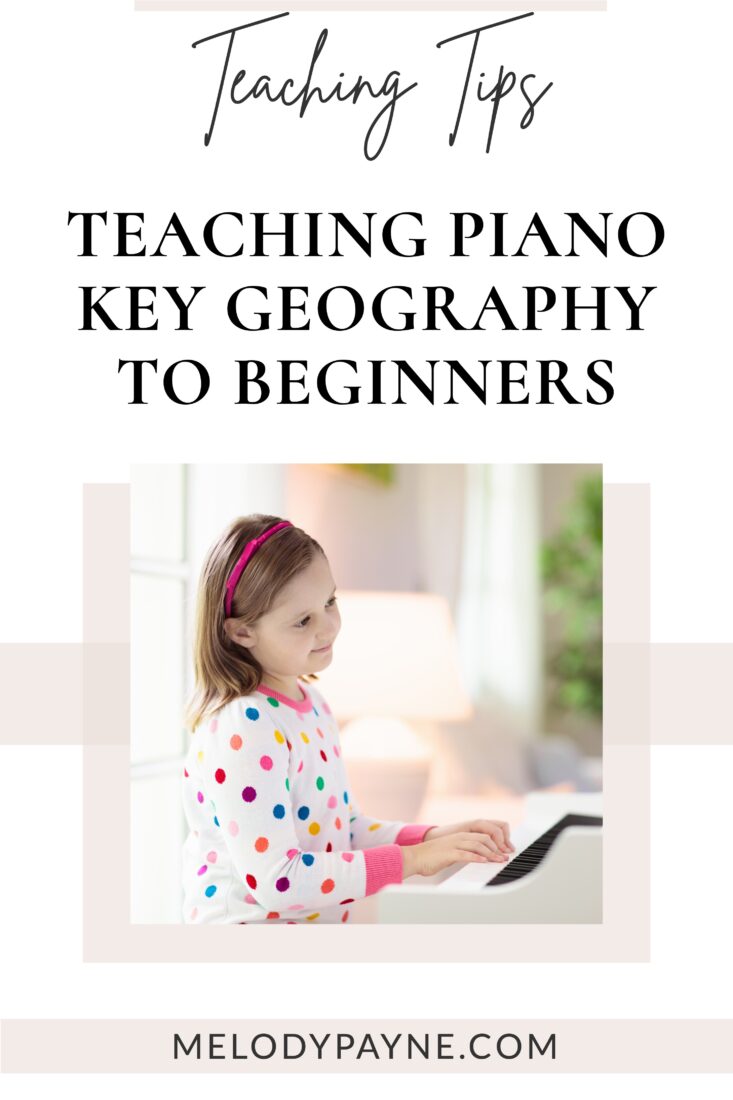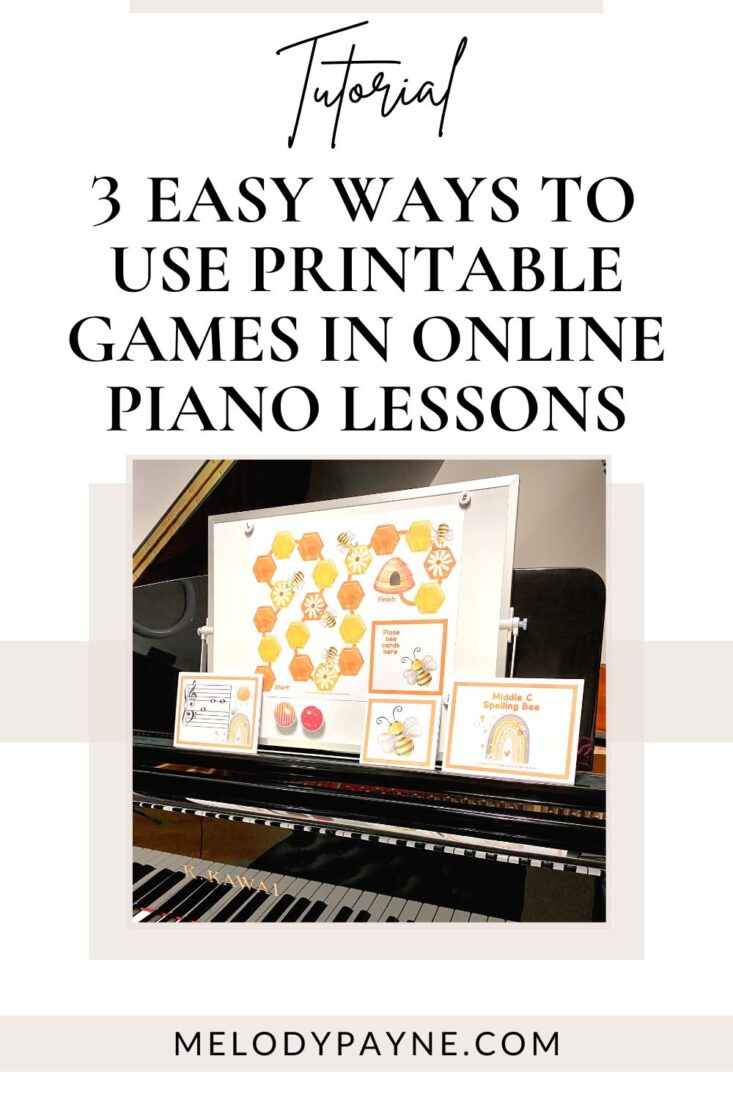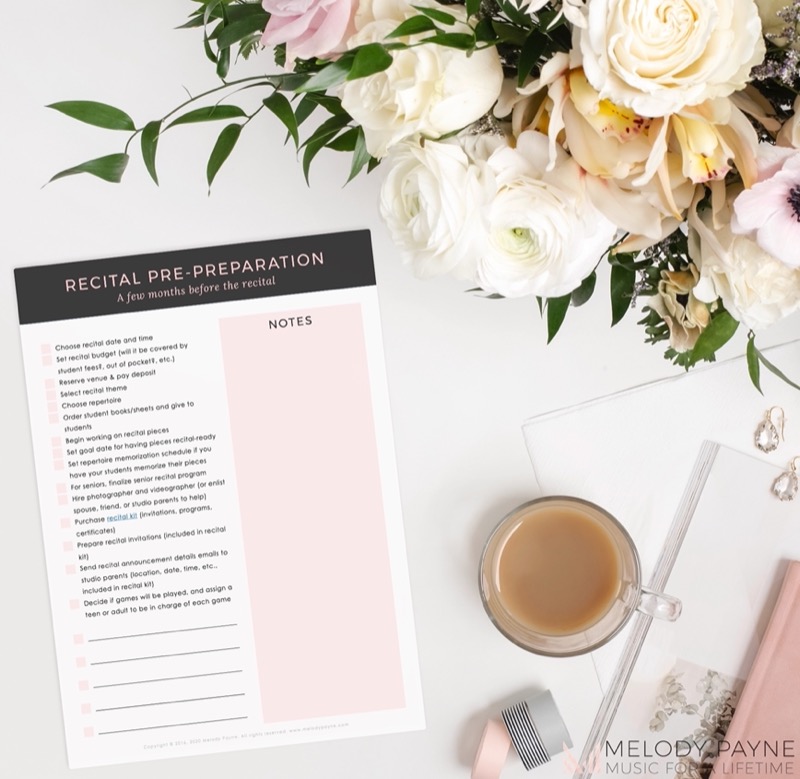How to Teach Piano Key Geography to Beginning Piano Students
This post may contain affiliate links. If you purchase something through an affiliate link, I will receive a small commission at no cost to you. For more information, read the disclosure statement here.
Teaching piano key geography to young piano students is one of my favorite parts of teaching beginners! Showing them an easy way to learn and remember the piano keys opens up a brand new world to them, and I’m happy to play a role in that learning process. Please enjoy this free piano pedagogy workshop in which I demonstrate how I teach piano key geography to beginning piano students, starting in the very first piano lesson.
Why I teach piano key geography starting in the first piano lesson:
There are many reasons I teach piano key geography in the very first piano lesson.
- Familiarity with the full range of the piano keyboard leads to more confidence in beginning piano students.
- Comfort with piano key geography helps piano students be more courageous in exploring the full range of sounds on the piano.
- Learning the piano keys across the range of the piano helps with teaching high/low, left/right.
- Learning the piano keys is a great way to help with improvisation.
- Learning all the piano keys from the beginning helps prevent students from feeling “locked” into a “position” on the piano.
- Having students learn the white piano keys from the first lesson ensures that when they’re learning to read the “beginner notes with letters” they won’t be overwhelmed trying to learn the keys and learning to read the letters at the same time.
- When students get to the white keys in many of the beginning method books, they’ll already be very comfortable with where the white keys are located, and this makes playing the “beginner notes with letters” much easier and less intimidating for them.
In this free piano pedagogy workshop, I’ll be showing you exactly how I teach piano key geography to beginning piano students. I’ll also share information about why I teach the piano keys the way that I do, and at the end of this article, I’ll share some additional resources and activities to further reinforce the piano keys for your beginning piano students.
Teaching Piano Key Geography workshop
Don’t see the video above? Watch it here.
If you don’t remember how you learned piano key geography and you want to teach piano keys in a way that doesn’t confuse your young students, I hope this will help you out! You can teach piano key geography from the very first lesson so the student automatically feels successful and confident in their learning.
Here are a few take-away tips from the workshop:
- Finding a pattern in the black keys
- Low to high and high to low black piano key geography
- I always teach D first with a rhyme
- Second piano key: F
- Third piano key: B
- Teaching the music alphabet
- How to use flashcards to solidify piano key geography
- Assign piano key review for the first few lessons
- Speedy keys game using a timer
- When to know your student is confident enough to stop reviewing regularly
- An alternate way to explain piano key geography with a story
- Why I save the music alphabet on piano keys after teaching other piano key geography
- Teaching music alphabet backward
- A quick word on how to adapt this to teach older teens/adult students piano key geography
Resources and games to help you teach piano key geography
- Piano Keys Spelling Bee piano keys game for beginner piano students
- Beethoven Says beginning piano keys game and the Halloween version Zombie Says beginning piano keys game
- Piano Keys Boom Cards™
- Beginning Piano Worksheets
- View all of my printable games for piano lessons
Other related blog posts
Don't miss out!
Follow us on Facebook and Instagram, join our Facebook group for piano teachers, and subscribe to the newsletter to get helpful teaching tips, resources, and tutorials delivered straight to your inbox every week.
Melody Payne
Melody Payne
Welcome!

Hi! I’m Melody Payne, a pianist and piano teacher, educational resource author, a fun-loving wife to the most wonderful and talented hubby I could ask for, and a lifelong learner who loves to share. I want to make your life as a music teacher easier by writing and sharing helpful and relevant music teaching articles, and by creating educational resources with your very own students in mind. If you are a parent who wants to enroll your child in piano lessons, I’d love for us to get started building those skills that can give your child a lifetime of musical enjoyment!








This Post Has 2 Comments
Thank you for sharing all of your great ideas! I love the “speedy keys” game, and your fun ideas. I have always taught “C” first, but I am excited to try this new approach. Thanks again!
Thanks so much, Angela! I appreciate your sweet words, and I’m happy to hear that you’re looking forward to trying a new approach. I think it’s fun trying new things, and I hope that outlook is getting instilled into my students at every lesson!
Melody